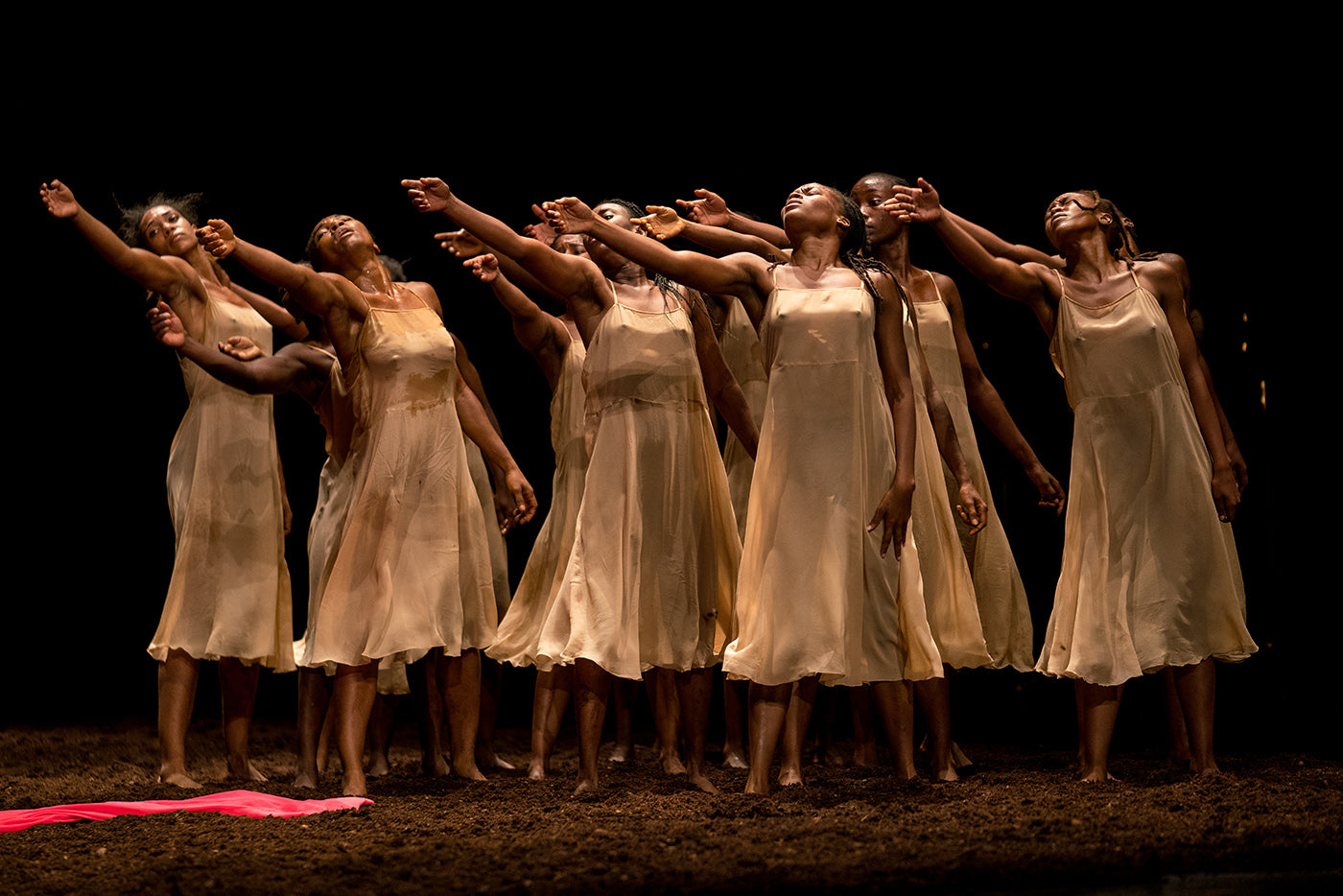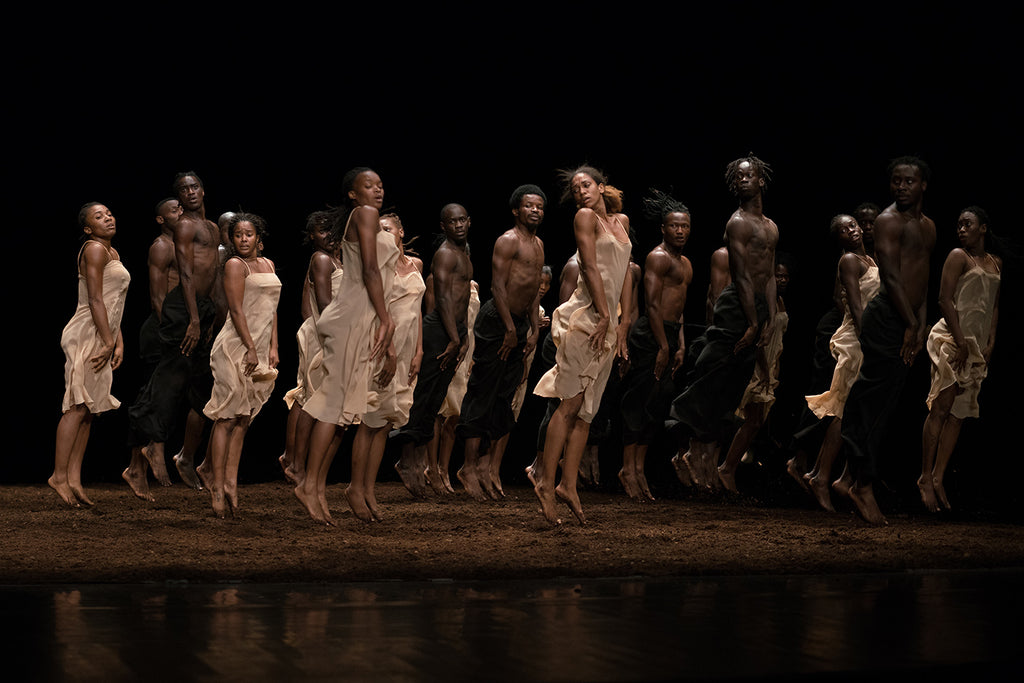In Contrasting Light
The “Contrastes” evening is one of the Paris Opéra Ballet’s increasingly frequent ventures into non-classical choreographic territory.
Continue Reading
World-class review of ballet and dance.
Superlatives seem useless when making reference to Pina Bausch and her vast legacy. Words seem reductive. How to define the woman who was a genuine game changer in pushing the boundaries of dance theatre, whose iconoclastic approach sometimes left audiences—and some of her dancers alike—punch-drunk, and in tears? She often experienced walkouts, heckling, disgust from stunned crowds. She was once berated by The New Yorker critic Arlene Croce for deploying, as she saw it, the “pornography of pain,” and exploiting the women. Croce even found some of the work “misogynistic.” Harsh and a little myopic perhaps, but indeed, Bausch didn't shy away from depicting violence, sexual or otherwise, within her repertoire. Degradation, rape and humiliation were common themes for her.
Performance
Place
Words



“Uncommonly intelligent, substantial coverage.”
Your weekly source for world-class dance reviews, interviews, articles, and more.
Already a paid subscriber? Login

The “Contrastes” evening is one of the Paris Opéra Ballet’s increasingly frequent ventures into non-classical choreographic territory.
Continue ReadingI’m in the audience of the Pit to watch Kaori Ito’s solo performance, “Robot, l'amour éternel.” It’s in the blackbox performing space at the New National Theatre Tokyo, intimate and close. The stage is an open, raised platform, gauzy white fabric covering the floor.
Continue ReadingArchitects often use scale, along with other design principles such as light, rhythm, and form, to subtly guide a person's eye and body through a space—to take the gaze at street level to the highest point of a building, or to the horizon and beyond.
Continue ReadingAn enchanted forest, a love gone wrong, and a swarm of women in long white tutus—when a formula works, it really works. Such is the case of “La Sylphide,” the nearly 200-year-old Romantic ballet which first premiered in 1832.
Continue Reading
comments